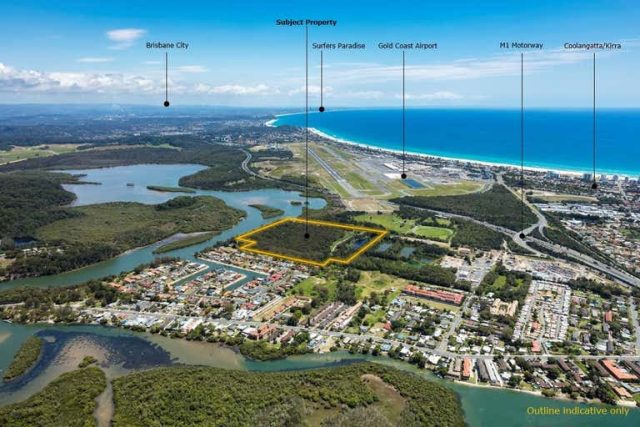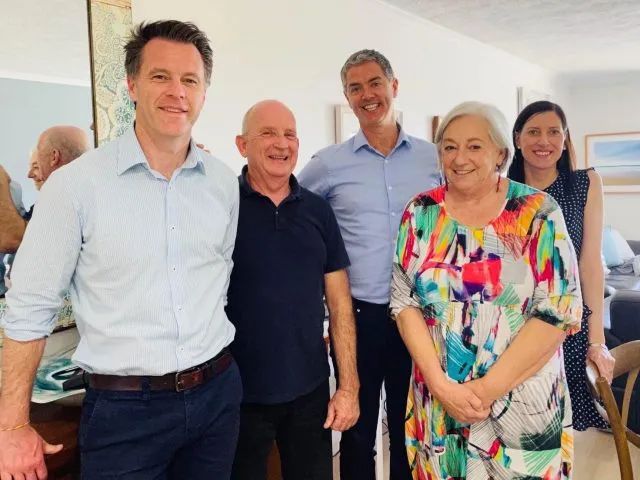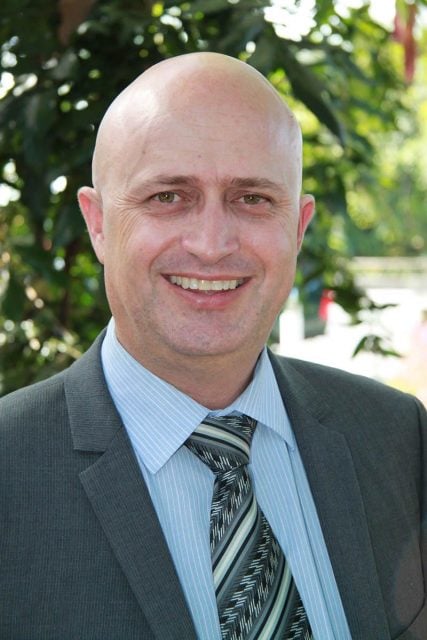
The risk that legacy and zombie development approvals on floodplains represent is significant, yet local councils appear hamstrung to take any real action on the issue without significant financial risks to individual councils.
At tomorrow’s council meeting (Thursday, 18 May) Tweed Shire Mayor, Chris Cherry, has put forward a notice of motion (NoM) to seek ‘legal advice on what if anything can be done to bring legacy developments consents into line with current development standards’.
Tweed Shire Council (TSC) considers ‘developments approved between 1980 and 2010 that have not been constructed and are of a higher order development than a residential house or alteration to a house’ as legacy developments.
According to the Lindsay Taylor Lawyers article on zombie (legacy) developments referenced in the NoM, while a development consent will lapse after five years. However, if ‘“building, engineering or construction work” relating to the consent is “physically commenced” within that five-year period’ the consent ‘remains in force and can be acted on at any time’.
As a result councils throughout NSW have approved DAs on their books that have lain dormant for over 20 years.
‘Such developments are raising concerns in circumstances where they do not comply with current planning laws, or they have adverse social, environmental or economic impacts which were not or could not be considered when the development application was assessed and consent was granted,’ states the article by Lindsay Taylor Lawyers.
‘For example, natural disasters or other changes in the local environment may result in development sites having higher biodiversity significance for ecological communities and threatened species than they did at the time the development application was assessed. Or coastal erosion and sea level rise may mean that the development is no longer safe.’

In the NoM Cr Cherry states, ‘The issue with these historic legacy developments is that they often have very outdated controls placed on them, and the world has moved on from the times when approvals were given to when these developments are constructed. A case in point was the Total Destination Resort approved at Wooyung in 1988 prior to Council having a good understanding of the implications of acid-sulfate soils and their disturbance on our landscape and waterways, or the industrial estate approved in 1996 at 60 Tringa Street, Tweed Heads where large amounts of tree clearing [that began in March 2023 on this 27-year-old DA] was approved in an area that has been identified in state planning documents as high conservation areas.’

Call for a moratorium
Both the Tweed District Residents Association (TDRA) and Kingscliff Ratepayers and Progress Association (KRPA) have recently called for a moratorium on existing legacy or zombie development approvals (DAs) on floodplains. This was a position put forward before the NSW election and again following the clearing of the Tringa Street site on Cobaki Creek by MAAS Group Holdings from Dubbo. However, the new NSW Labor government has yet to take any direct action on the issue and the Department of Planning and Environment (DPE) have said that council’s already have thhe legal power to look at legacy developments.

Financial risk
However, the Councils cannot just remove a DA approval, and even if they seek to do so there is the potential of compensation to the developer.
As Tweed Council’s General Manager, Troy Green pointed out last week, ‘There has been no change in Council or state policy concerning floodplain development post the 2022 floods. The NSW State Government Flood Inquiry made various recommendations concerning floodplain development from which there have been no subsequent directions from the government.
‘If the development consent is revoked or modified, the aggrieved [developer] is entitled to recover from Council (if Council is responsible for the issue of the instrument) compensation for expenditure.’
As Lindsay Taylor Lawyers point out removing development consent is often not used because of the risk of compensation, even if that power could be used in relation to a proposed planning instrument.
‘We would certainly support the NoM being put forward by Cr Cherry to understand the complexities of the legacy development issues facing our community,’ said Peter Newton, President of KRPA.
‘Our members and our community understand that Councils can’t be left to hold the financial bag with this. This needs to be a joint approach from federal, state, and local governments for the scourge of legacy developments to be removed.
‘You need to weigh up the cost of putting people on these floodplains – the costs of rescue, getting people out of harm’s way, rebuilding, relocation etc as we have seen along most of the NSW coast and Western Sydney – against the costs of removing these DAs. That doesn’t even take into account the trauma and those things that you can’t put a dollar value on,’ he told The Echo.
Tweed Council meeting
You can attend the TSC meeting this Thursday, 18 May at the Murwillumbah Council Chambers from 3.30pm or tune in online here to hear councillors discussion and decision on the NoM.
